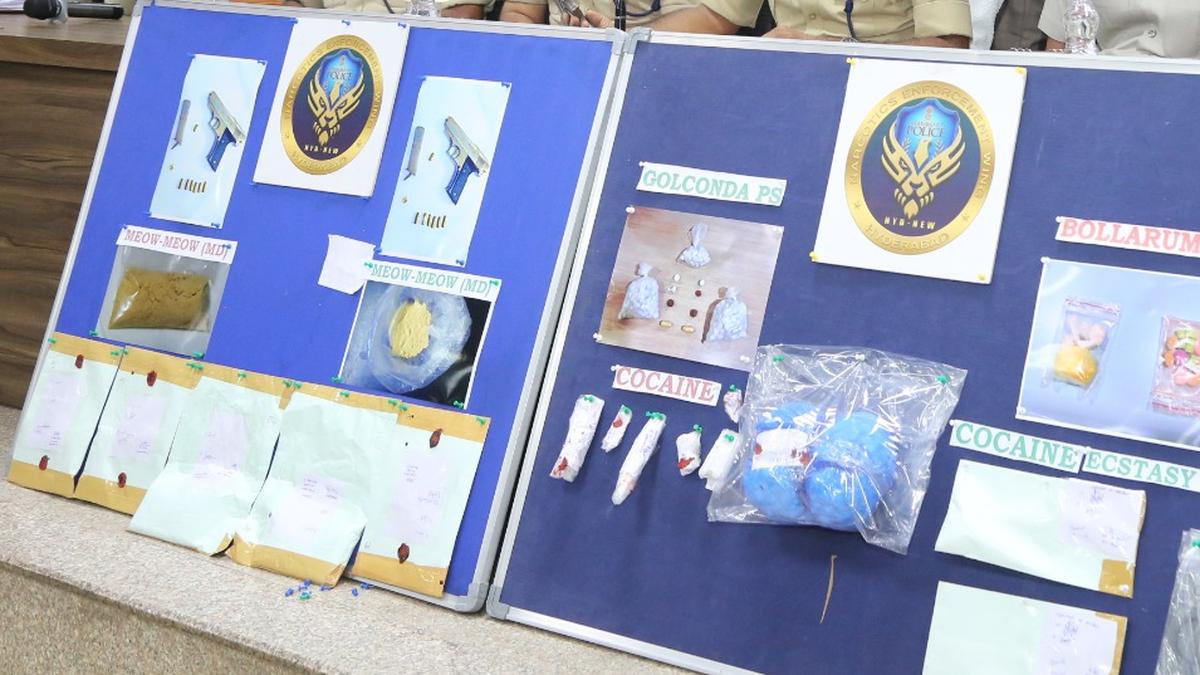Now Reading: Supreme Court Nullifies Fraudulent Judgment, Emphasizes Justice Over Deception
-
01
Supreme Court Nullifies Fraudulent Judgment, Emphasizes Justice Over Deception
Supreme Court Nullifies Fraudulent Judgment, Emphasizes Justice Over Deception
Speedy Summary
- the Supreme Court of India recalled a three-year-old judgment in a land dispute case involving co-owners of a parcel in Noida, citing suppression of material facts adn fraudulent actions by one litigant.
- A three-judge Bench comprising Justices Surya Kant, Dipankar Datta, and Ujjal Bhuyan ruled that justice and fraud cannot coexist.
- Justice Dipankar Datta authored the 85-page judgment,emphasizing judicial precedent that fraud invalidates all legal proceedings obtained under its influence.
- The May 2022 Supreme Court decision had granted the disputed land too one co-owner based on their misrepresentation. This ruling has now been declared null and void due to deception.
- The Bench highlighted increasing misuse of the legal system by suppressing facts or misleading courts,stating courts must intervene when judgments obtained through fraud lead to injustice.
- It directed that the case be heard afresh after setting aside an earlier Allahabad High Court order favoring sole ownership claimed through suppressed data.
Indian Opinion Analysis
The Supreme Court’s decision underscores its zero tolerance for fraudulent conduct within legal proceedings, reinforcing basic principles about fairness in justice systems. By declaring past rulings invalid under proven deception, it sets an important precedent safeguarding integrity in India’s judiciary against misuse by litigants seeking unfair advantages via suppression of critical details or deceptive practices.
This ruling could serve as a deterrent-urging openness among stakeholders while reaffirming India’s judiciary as vigilant against exploitation attempts. However, its implications extend beyond specific cases like this Noida land dispute; it highlights possible systemic reforms needed to curb abuse within litigation processes comprehensively.for broader public interest, this signals judicial accountability toward correcting errors irrespective of constraints posed by technicalities or previous verdicts-it prioritizes equitable outcomes over procedural rigidity.Read more: [Link from Source Text]























